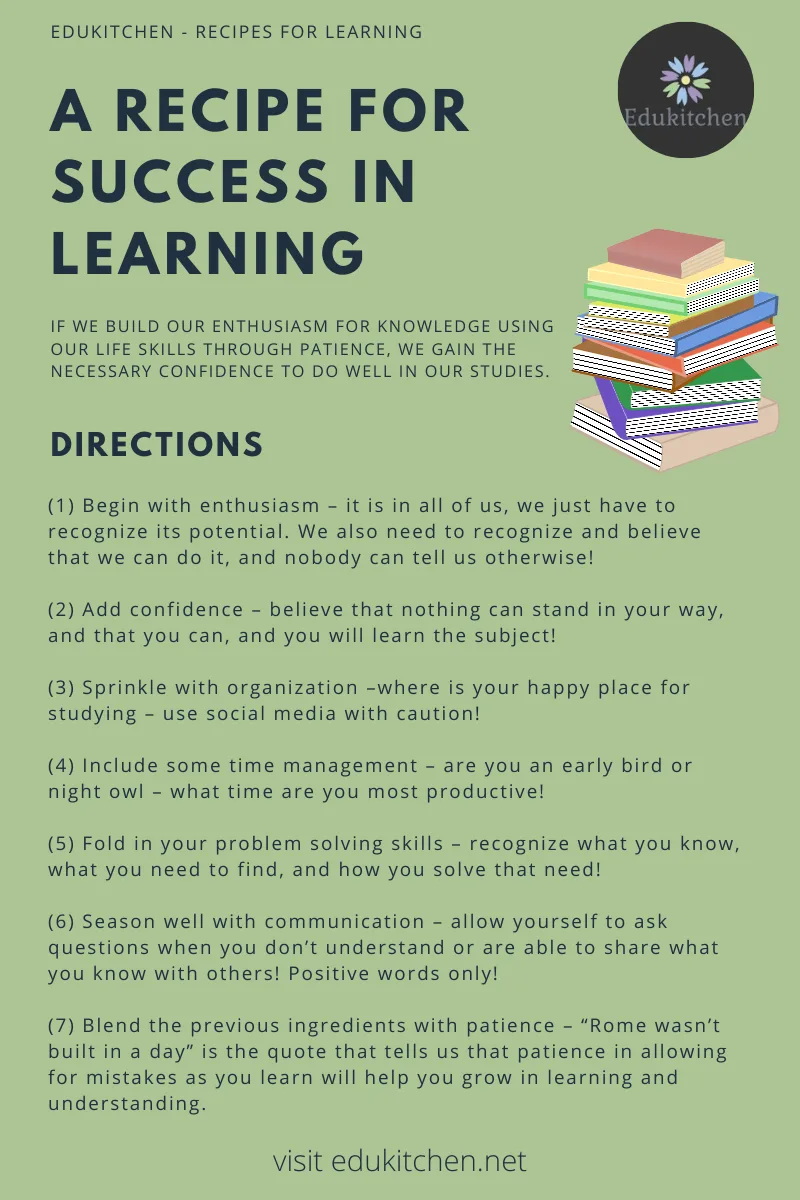Differentiation in the homeschool classroom is a powerful way to ensure each child’s unique learning needs, interests, and abilities are met. By tailoring lessons and resources to individual strengths, homeschooling parents can create a more engaging and effective learning experience.

Whether you’re managing multiple grade levels or simply looking to enhance your child’s understanding, implementing differentiation strategies can transform your teaching approach. In this guide, we’ll explore practical tips and techniques to make differentiation seamless and impactful in your homeschool environment.
What Does Differentiation Mean?
Differentiation in education refers to tailoring teaching methods, materials, and activities to meet the diverse learning needs of individual students. It recognizes that every child has unique strengths, interests, and learning styles, making a one-size-fits-all approach less effective.
Differentiated Instruction & Its Benefits
Differentiated instruction means offering students varying options to approach their learning that makes it easier for them to be at their best.
However, when approached in the right way, it can make for better relationships between teachers and students.

Students who feel like they are “different” from others in the class because they don’t seem to understand the lesson when it seems like everyone does, may begin to let their negative emotions take over their learning.
When negative emotions set in, students may either close up and not want to communicate, or they may begin to act out and cause behavior problems in the classroom.
These actions may begin to impact on their mental health and their identity, or who they feel they are in the classroom.
Learning online may make matters even worse for students who feel like they can’t keep up in the normal classroom.
At the end of this article you can sign up to view our digital resources to use in the classroom for building confidence in teaching and learning in the classroom.
How Students Learn
Enough research in education has been done to prove the theory that there are different learning styles that students use.
As part of assessing their students teachers need to become more aware of these learning styles.
In school, we assume most students are auditory learners, meaning they learn best by listening.

However, some students are visual learners, as they learn best when they have more concrete or visual images to look at. Yet others are tactile learners, using their sense of touch to learn best.
In knowing how best their students learn, teachers can begin to use different methods of classroom differentiation.
Journal Writing To Help With Learning
This blog contains affiliate links to highlighted websites and/or resources. Click here for full disclosure.

Sometimes students may need an outlet to express their ideas, or drawings, or different ways to express emotions in better understanding how they learn. Teachers should encourage students to use journals as a way of reflecting on their emotions.
Five Approaches to Differentiated Instruction
The five approaches discussed below are meant to be a guide for teachers in giving students of varying abilities the best chances when it comes to their learning.
The key words to focus on with differentiation in education is ‘variation‘ and ‘flexibility‘. When teachers create lesson plans, allowing for variation and flexibility in pacing, tasks, and outcomes, means giving the students the best for learning.

Teachers can’t really begin to use differentiation methods in the classroom until they have begun to assess the students’ academic ability.
The kinds of assessments teachers use should be formative in nature. Formative assessments are ongoing and can give better insight into a student’s academic ability over the summative assessments.
To learn more about the assessments teachers can use in the classroom, click here.
#1 Flexible Pacing
What does “average” of the class mean? The average of the class is the pace at which the majority of the class learns.
When teachers plan their lessons they need to keep in mind that they teach to the average of the class.
There will always be students who learn at a pace faster and slower than the average.
For students who learn at faster pace, teachers should have extension activities prepared to keep those students from causing problems in the class because they are bored.
For students who learn at a slower pace, teachers should ensure that from all the tasks students are to complete during class, that they have completed the main ones that show basic understanding of the lesson.
#2 Forward – Thinking Tasks
Therefore, in knowing the varying paces at which students learn, teachers should look to assign “forward – thinking” tasks so that students can show just how much they have learned from the lesson.
What are “forward – thinking” tasks? These are tasks in which the questions or the activities get progressively harder so that it remains interesting for the varying level of students.
#3 Formative Outcomes
How teachers ask questions, assign tasks or activities, can either limit or expand on how students get things done.
Instead of setting up questions, tasks, or activity outcomes to have only one “right” way of doing things, allow students the flexibility in using their understanding of lesson objectives in finding their own way when getting things done.
Doing so will help with building critical thinking skills in showing their creative side. This may also prevent students who have only a basic understanding from falling futher behind.
#4 Group Pairing
Creating mixed-ability groups may help encourage the weaker students to participate more.
Working together in groups can benefit both the stronger students and weaker students in their own ways.
Stronger students can offer ideas to explore, offer support to weaker students, and be the role model for the weaker students.

Note: it is important that the teacher take the time to explain to students the proper way to work in groups so that no one feels left out or be made to feel like they are not as important as others in the group.
#5 Digital Resources
Nowadays it goes without saying just how important of role technology plays in the classroom.
Teachers may find that students who don’t like to use books, may thrive more when they use digital equipments because they have a passion for computers.
Digital resources may make learning easier for those who find books overwhelming. Therefore, if teachers can provide the use of Edtech tools that help students meet learning outcomes, then this method of differentiation may benefit those students.
Click to read more about popular Edtech tools teachers and students can use the classroom.
Differentiation in Education Video: The Traditional Classroom
See how our words come alive in this video on the five ways to use differentiated instruction in the classroom. Watch the video below.
The Online Learning Debate
One forced method of differentiation when it came to learning was in having students transition to online or remote learning at the start of the pandemic of 2020.
One thing to come out of this was that some students preferred this style of learning over the face-to-face classroom.

So in keeping with the message of differentiation, let’s not rule online learning as a method that may benefit some students. And let’s give credit to the teachers who actually enjoy teaching online.
Related Topics
Connect to our other pages as you navigate through our website. Explore what these pages have to offer you and you will be glad you did!
- 5 Classroom Management Strategies for Homeschooling
- How to Use Formative Assessments in the Homeschool Classroom
- 7 Tips for Homeschool Lesson Planning
- 5 Important Tips for New Homeschooling Teachers
- The Influence of Parents on Education Policy
Join Our Newsletter Community Today!

Final Thoughts…
Students who have a passion for what interests them, will show their level of intelligence that may surprise their teacher that may have labeled the student as weak.
Therefore, it is important that teachers do not pass judgment on their students, or even worse make their judgements known to the students.
As varied as people are in their tastes, pursuits, and passions, it is best that teachers allow for flexibility in having students express what they understand in their own way.
In doing so, teachers will find that students are more co-operative, making classroom management easier for the teacher.
Share Your Thoughts!
EduKitchen would like to hear from you! Let us know your thoughts in the comments below on differentiation in education.
For more on teachers and teaching strategies from EduKitchen – Recipes for Learning, click here.



